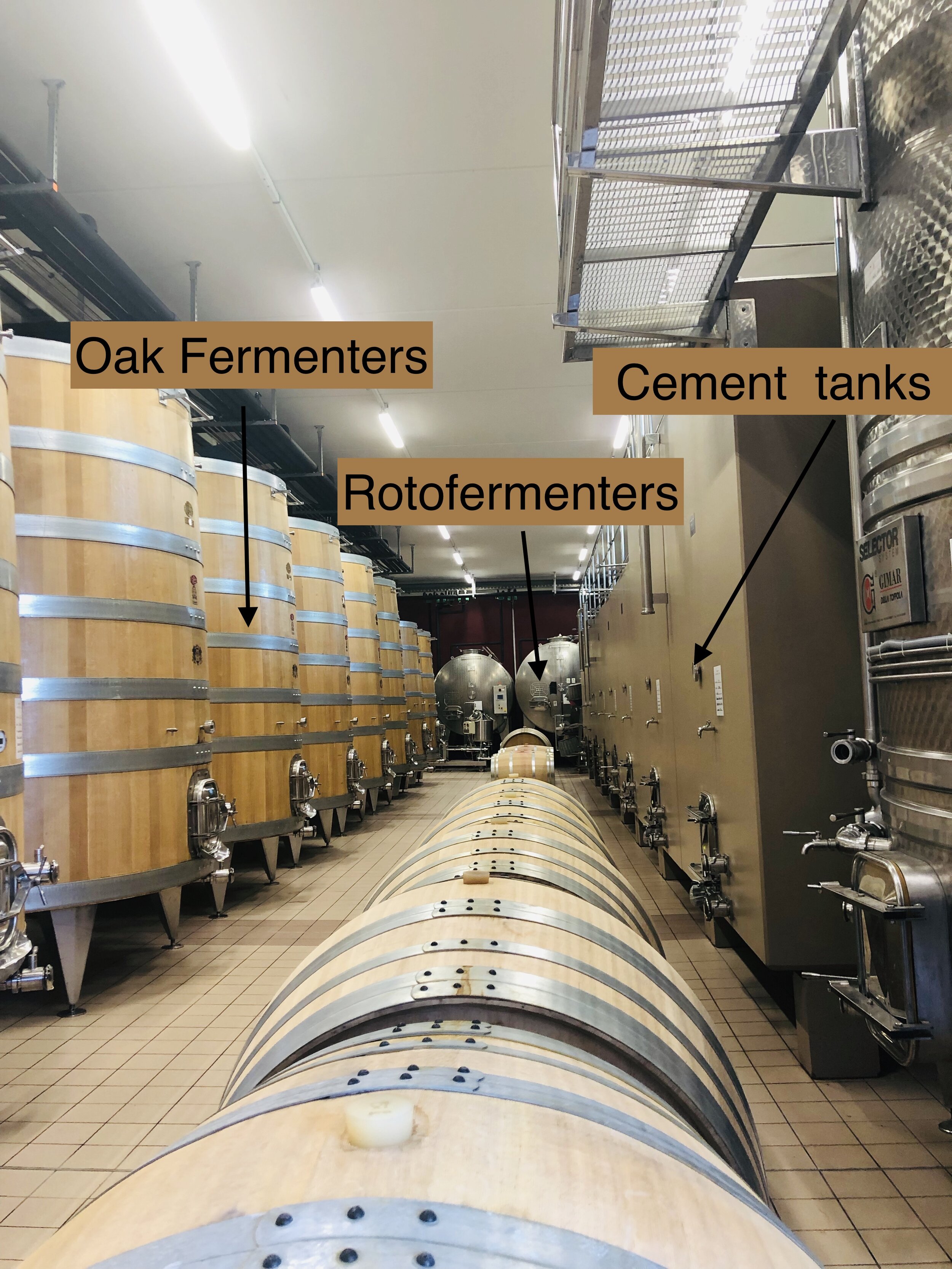Barolo Wine Tour: The Ultimate Guide to Visiting Barolo Vineyards
/by Amanda
If you’re dreaming of sipping Barolo wine right where it’s made, this guide will show you the best ways to visit Barolo’s vineyards from Milan, Turin, and Alba. Whether you’re traveling by train, car, or with a private wine tour, I’ll share the easiest routes and top tips to ensure an unforgettable experience in Barolo, the King of Wines.
Why Take a Barolo Wine Tour?
Barolo is one of the world’s most prestigious wine regions, known for its age-worthy Nebbiolo wines, stunning vineyard landscapes, and charming hilltop villages. Whether you’re a seasoned wine lover or just starting your journey into fine Italian wines, a Barolo vineyard tour offers:
• Exclusive wine tastings at historic and family-run wineries
• Breathtaking vineyard views in the UNESCO-listed Langhe region
• Delicious local cuisine, including Alba’s famous white truffles
• A deep dive into Nebbiolo, one of Italy’s most revered grape varieties
Barolo Vineyards
How to Get to Barolo
Barolo Wine Tour from Milan
The easiest way to reach Barolo from Milan is either by train or car.
• By Train: Take a train from Milano Centrale to Asti, which requires one stop in Turin. Several trains run daily, and the journey takes about 1 hour 45 minutes. Once in Asti, it’s highly recommended to arrange a wine tour guide or private driver to explore the Barolo wine region.
• By Car: If you prefer to drive, Barolo is approximately 1.5 to 2 hours from Milan. Renting a car allows you to explore at your own pace, but remember that a designated driver is necessary if you plan to enjoy multiple tastings.
Barolo Wine Tour from Turin
Turin, the capital of Piemonte, is a hidden gem filled with royal palaces, rich history, and outstanding food and wine. It’s also the closest major city to Barolo, making it a perfect starting point for a wine tour.
• By Train: A direct train from Torino Porta Nuova to Asti takes only 35 minutes. From Asti, a wine guide or car service can take you into the Barolo vineyards within minutes.
• By Car: Driving from Turin to Barolo takes about 1 hour, making it a convenient day trip.
Barolo Wine Tour from Alba
Alba is the epicenter of Nebbiolo wines and the world-famous Alba White Truffle Festival. If you’re staying here, you’re already in prime wine country.
• By Car or Private Driver: Barolo is just a 10-15 minute drive from Alba, making it an easy and quick trip. However, since drinking and driving is strictly prohibited, hiring a wine guide or car service is the best way to enjoy your tastings.
Best Time to Visit Barolo
The best time for a Barolo wine tour depends on what you’re looking for:
• Spring (April–June): Lush vineyards, mild weather, and fewer crowds
• Fall (September–November): Grape harvest, stunning autumn colors, and Alba’s White Truffle Festival
• Winter (December–February): Quiet wineries, cozy tastings, and truffle-rich dishes
Plan Your Perfect Barolo Wine Tour
To make the most of your visit, consider booking a guided Barolo wine tour with a local expert who can provide:
• Exclusive tastings at small family run and top wineries
• Behind-the-scenes vineyard access
• Organized transportation between wineries
• Food and wine pairing experiences
For more details on custom Barolo wine tours, check out our ecclusive wine tour packages here.










